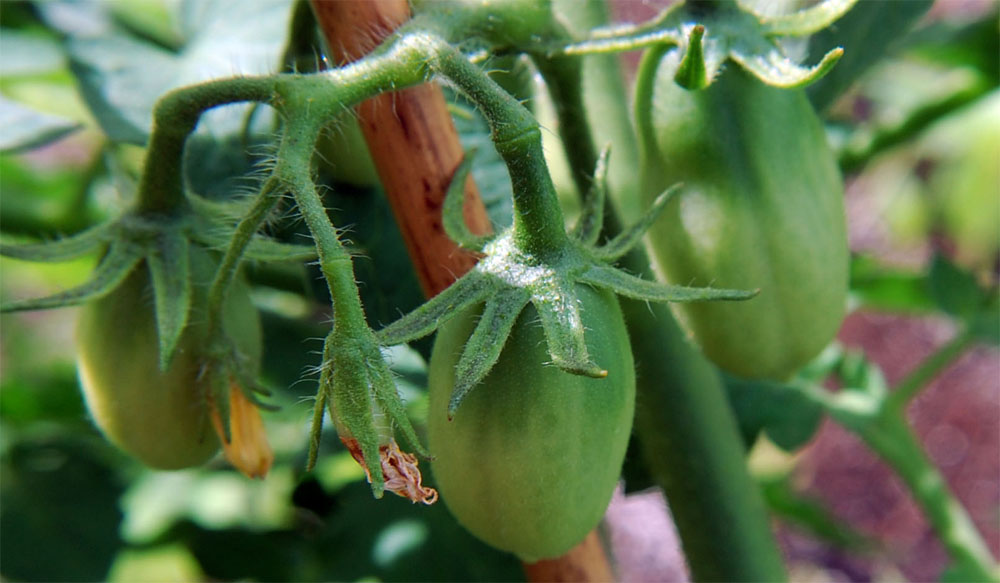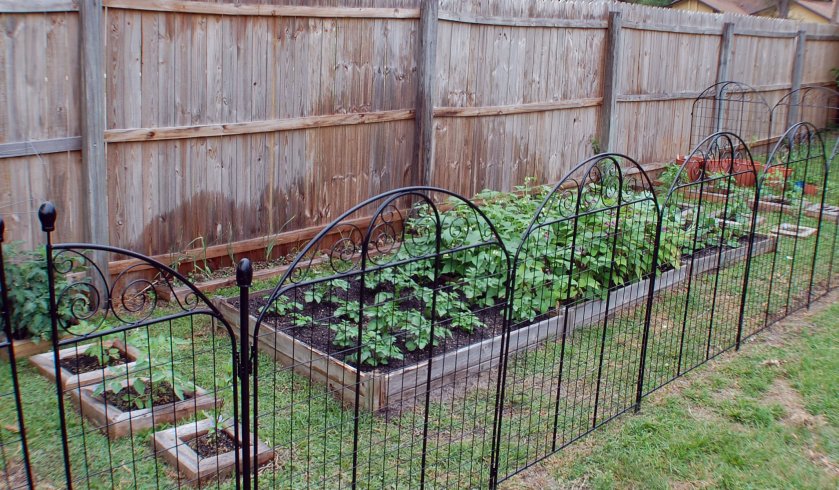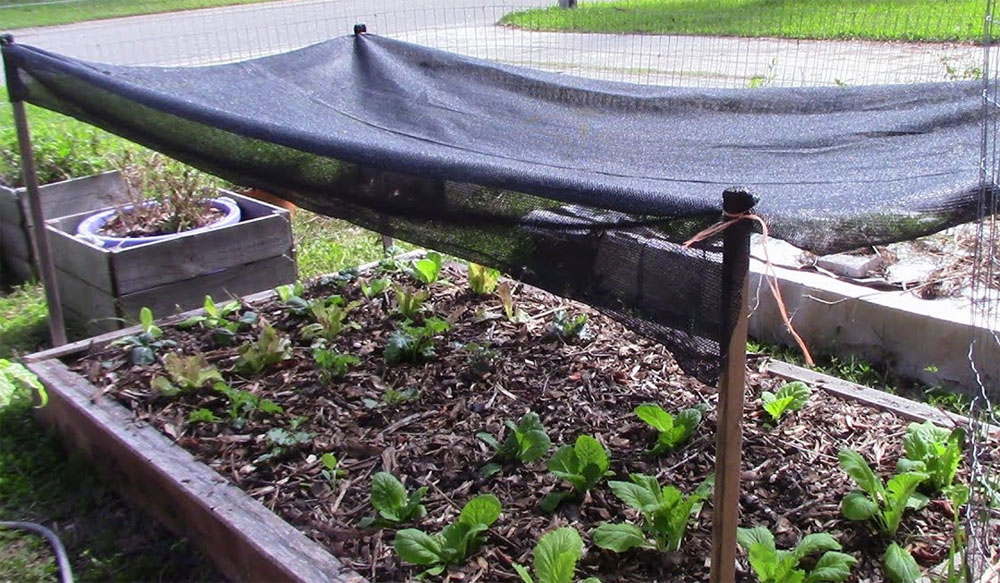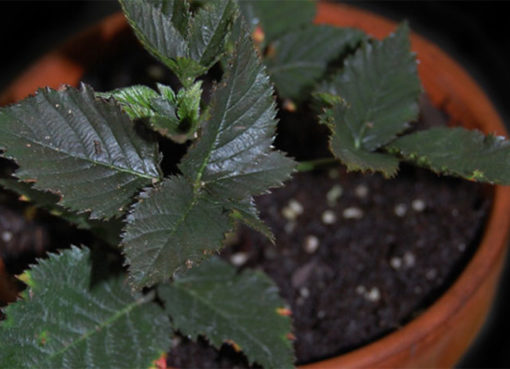Gardening in Zone 9 often times will allow for 2 separate growing seasons of the same crop, one is the spring/early summer and one in the fall/early winter. Roma Tomatoes are one of those crops. Here is how to grow Roma Tomatoes for a fall harvest:
Sowing Roma Tomato Seeds
- Sow Roma Tomato seeds indoors between May and June
- Once germinated keep in a well lit area and keep the soil moist
- Lightly fertilize seedlings once every 2 weeks using an organic liquid fertilizer
- Optional: Turn a fan on the seedlings for a few hours a day to help strengthen the stalks
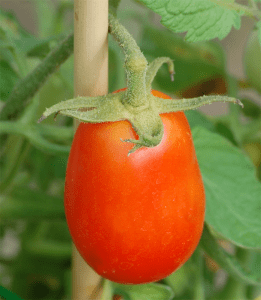
Transplanting Roma Tomato Seedlings
- As soon as the hottest days of summer have passed, usually end of august or early September, harden off the seedlings for transplant (place them out doors in direct sun for a few hours each day for a week, increasing time out doors by 1 hour each day)
- Transplant the seedlings to the garden or out door container
- Bury the plant bellow its first 2 sets of leaves to ensure vigorous root growth
- Water in the plants well after transplantation to help reduce transplant shock
Roma Tomato Care
- Once the new transplants are established (starting to grow new leaves again) fertilize with a high quality Tomato fertilizer (or any low nitrogen general fertilizer) with an NPK ratio intended for Tomato plants.
- Continue to fertilize every 2-3 weeks as needed
- Ensure the soil stays moist but not soggy
- If there is ever a threat of frost protect the plants using cloth or other warming methods
Harvesting Roma Tomatoes
- Roma Tomatoes are a Determinate variety (meaning plants only get a certain size and stop growing once they set fruit)
- Harvest tomatoes as soon as they turn bright red
- Harvesting early will encourage the plant to set more fruit
Tips
- Roma Tomatoes are a bush type plant, but still benefit from staking for support
- After the plant is established, prune the lower 3 branches to help prevent issues caused by soil splash back
- To help increase production, prune suckers (extra branches grown at the fork of existing branches) once the plant has reached sufficient size to produce


